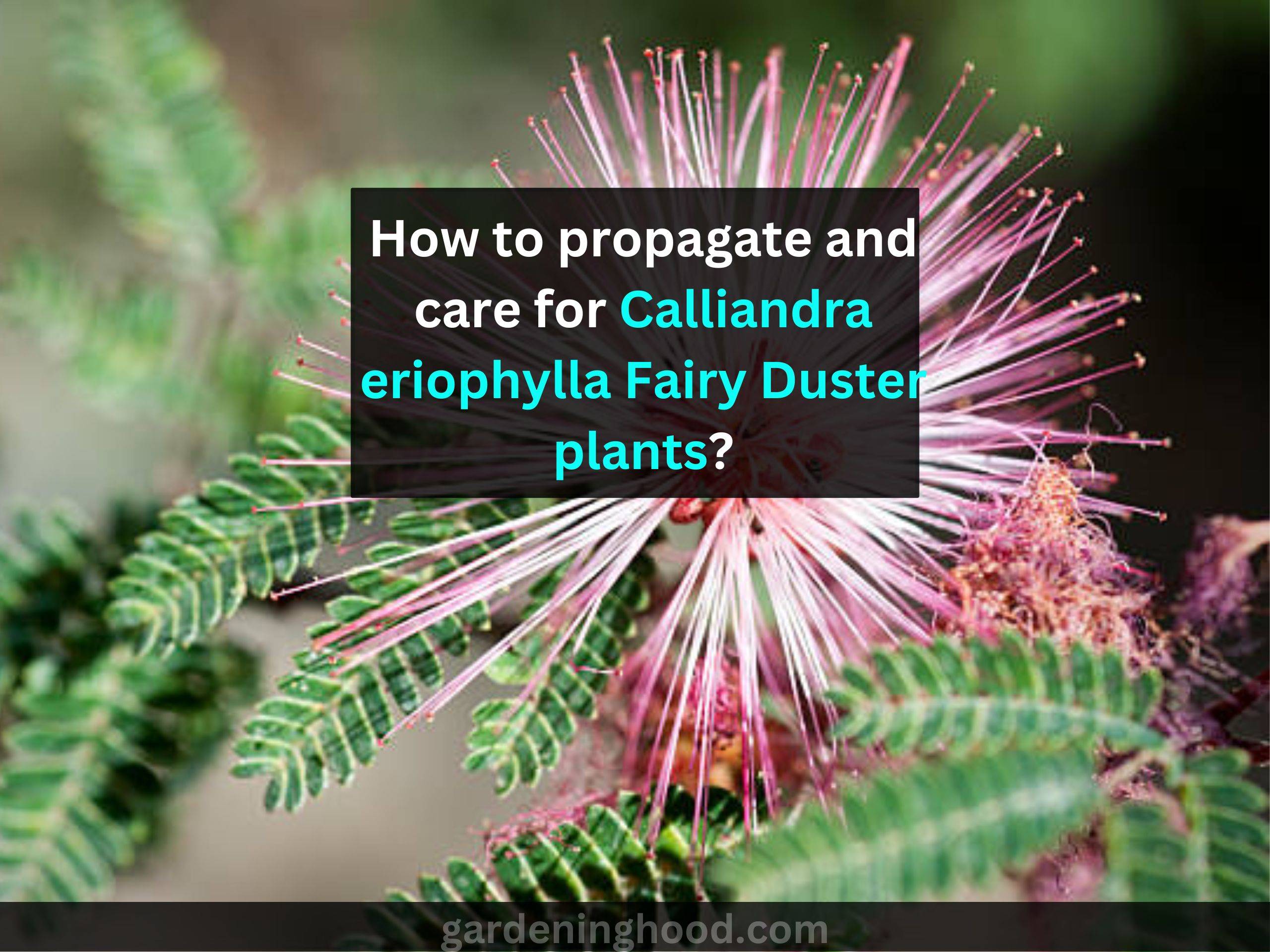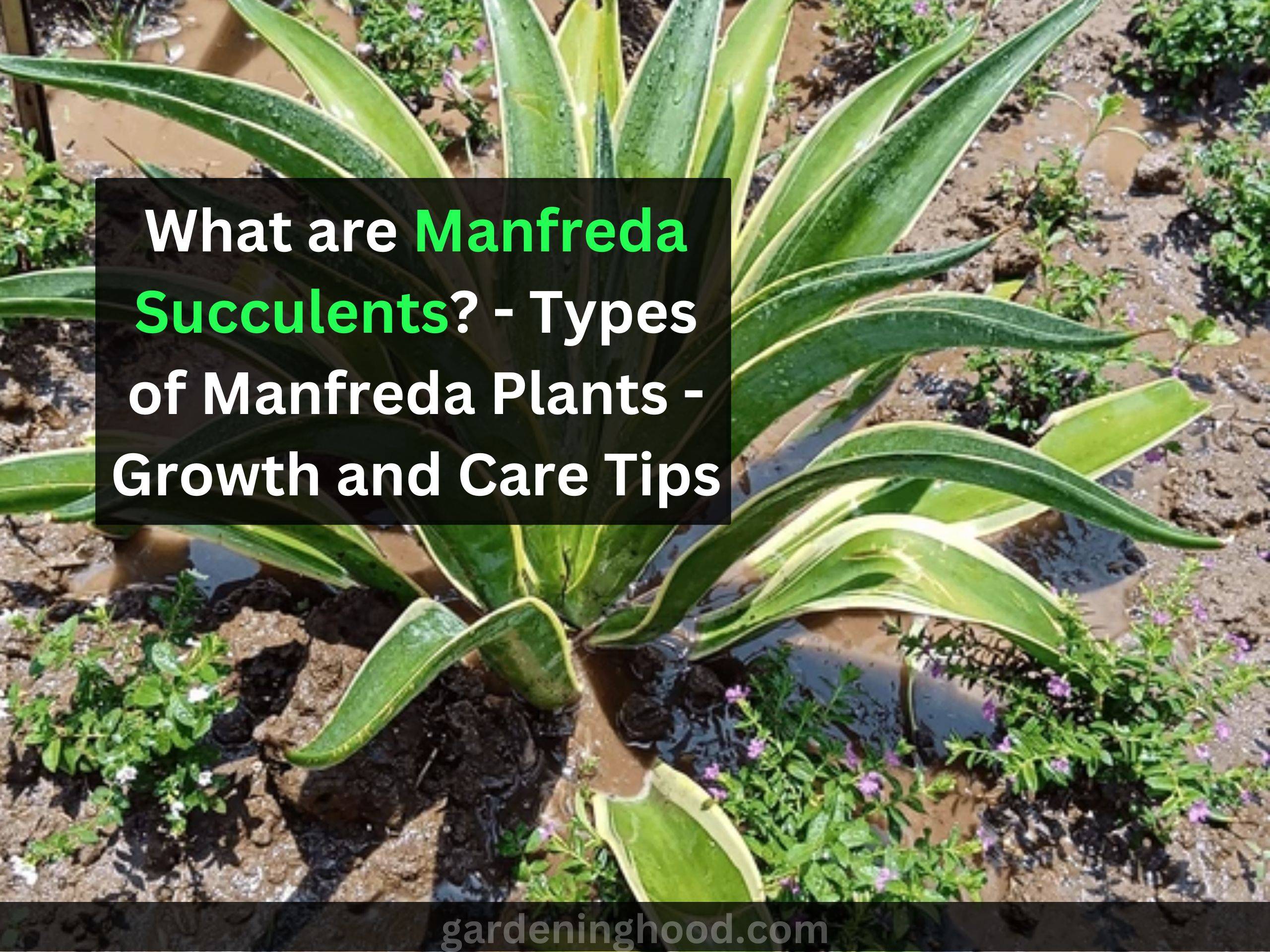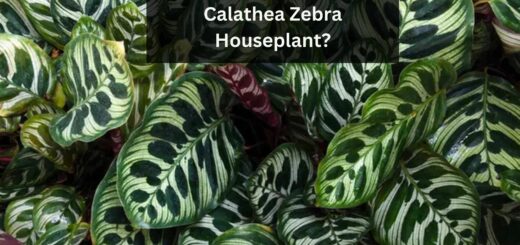Black spots on Basil leaves (5+ Causes and Fixes for them)
Are you observing some black spots on the Basil leaves of your plant? The black spots on Basil Leaves can be alarming as the Basil plant might be infected or some other conditions are the reason. Basil plants are all about their yummy aromatic basil leaves. There are many health benefits of eating basil leaves as well. They are the star herbs of many kinds of pasta and Italian dishes.
Quick takeaways:
- There are various causes of black spots on basil leaves. Some of those causes are lack of nutrients, bacterial leaf spots, frost damage, attack of pests, excess supply of water in the plants, and many more.
- You will be happy to know that there are fixes to those causes that can help you in getting rid of black spots on basil leaves.
The basil plants that you have grown in your garden to enjoy basil leaves anytime you want are showing unwanted black spots and that’s disheartening, we understand! But, what’s causing these black spots, and how can you fix them? This article is all about that! Take a look and thank us later!
What’s causing black spots on basil leaves? (5+ fixes)
1. Frost damage
Basil loves a good amount of sunlight at least 6 hours a day. So, it’s obvious in the cold season or late frost time when there is hardly any sun, the basil plants fail to thrive well. It is one of the causes of the Black spots on Basil leaves.
The plants get damaged due to low temperatures as they are sensitive to the fall in thermometer mercury that is lower degrees. The upper surface of the leaves starts to show dark spots of about brown colors and starts to appear dull.
How to fix this?
- Remove the spotted leaves from the plant as soon as possible.
- Cover the plants during the night, and provide them with sun whenever possible. You can cover the basil plant with a cloche, big pots, tents, etc.
- Plant the basil only after the last frost as it will thrive well in warm spots.
- Bring the plant inside and place the basil in a spot where there is a heater but not too near to it. Don’t place too much near the window having dews, as well.
2. Nutrient deficiency
Though nutrient deficiency isn’t particularly for dark spots on the leaves, many problems might appear due to the deficiency, which ultimately creates spots on the leaves.
Basil flourishes well in nourished and well-drained soil. So not getting much potassium and magnesium largely affect the basil plants. The yellowing and browning edges are the symptoms.
How to fix it?
- Provide a good amount of organic compost to the soil about two inches and keep the soil moist
- The affected leaves need to be removed from the basil plants.
- Increase the fertility of the soil by adding potassium and salts like Epsom salt into the soil which will increase the level of magnesium and chlorophyll levels in leaves too.
3. Diseases
Now diseases can be the reason that the basil plants are showing spots on the leaves. The diseases like Fungal effect.
a. Fusarium wilt
This disease leads to wilting of leaves or the form of stripes on the stem. Just not these dark spots are visible on the plant’s parts.
How to fix it?
- Dispose of the plants as they are rare conditions in which plants will recover or grow well.
- Get a good variety of basil plants that are disease resistant.
b. Downy mildew
Downy mildew is another common disease that leads to black spots on basil leaves. The spots first appear near the mid portion of leaves and then turn the holes and leave yellow or brown-colored. The disease can easily spread to nearby plants through the spores and infect their plants so need to be treated as soon as possible.
How to fix it?
- Plant high-resistant basil varieties in your garden.
- Remove the infected plant and spread neem oil around the spot of the basil plant.
- Use drip irrigation.
c. Bacterial leaf spot
Bacterial leaf spots are a disease that is caused by Pseudomonas cichorii and can be the cause for the leaf spots that you are seeing on your basil plants. It is another cause of the Black spots on Basil leaves. The spots look wet and ring-like with mid-white round and outer brown rings. The leaves staying wet for too long can call for this bacterial disease.
How to fix it?
- Remove the leaves that are affected as there are fewer chances they will recover back.
- Spray the neem oil on the nearby spots so they don’t get affected
- Avoid wetting the leaves of basil plants while watering. Use spray, water can, or drip rotation so that leaves don’t get wet.
- Don’t overcrowd the plants as proper aeration is needed for the basil plants and leaves should be dry
- Do early morning watering and avoid overhead watering.
- Keep the plants clean and the garden hygienic as well. Use clean tools for pruning.
4. Pest attack
The basil plants are easily attacked by the aphids if they are underwatered, overcrowded, etc. The pests attack the plants and get nutrition from the plants and make the plants weak. The pests like aphids and slugs are seen to attack the basil plants. The plant indicates the attack by showing black spots on basil leaves and other plant parts.
a. Aphids
Aphids are tiny soft bodies of pear-shaped pests that suck the sap of the basil plants and make them weak. The plants start to look dull and leave yellowing and even spots start to appear on the leaves. The aphids are usually seen on the lower surface of the leaves.
How to fix this?
- Use soap and water to wash the affected part or even the plant.
- Use neem oil, and organic pesticides to get rid of the aphids.
- Remove them manually and throw them far away.
- Prune the area or plant and dispose of the plant or destroy it.
b. Slugs
Slugs are seen attacking the basil plants when the condition is moist and warm as well. Another cause of the Black spots on Basil leaves. The overcrowding can be the reason. The slugs are sticky pests that create holes and make brown spots on the leaf’s lower surface.
How to fix this?
- Use diatomaceous earth.
- Cover the plants.
- Use crushed eggshells.
- Provide space between the plants.
5. Sunburn
Too much temperature or exposure to the sun can spoil the basil leaves. The basil plants need sunlight for 6 hearses not more than that which can lead to sunburn and the brown spots will start to appear on the leaves due to burning.
Just not this too much string sunlight like afternoon sunlight will also be the case of brown spots on the leaves.
How to fix this?
- Provide shade to the basil plants during peak sunlight hours.
- Give the plant the proper amount of sunlight.
6. Overwatering
Overwatering can cause your basil plant to show dark spots on the leaves and look droopy and lifeless. The spots turn to complete browning or yellowing of leaves with time.
The basil gets overwatered quickly. When the plant is growing you can water them regularly but later you need to reduce watering the basil plants as they are hardy herbs. Another reason can be that the soil is wet for a long time and is not drained well.
How to fix this?
- Water the basil plant about one inch every week.
- If the soil seems dry, then go for watering the plant
- Keep the soil well-drained and moist but not soggy.
Wrapping up the context
Seeing the irritating aphids on thriving pepper plants can be irritating. But, now you have understood how to wash them away from your garden in so many ways. Worry not! Because using these methods properly is purely going to help you out from the aphids problems and get your health pepper plant back. We hope you like our effort to help you.
Happy planting!


